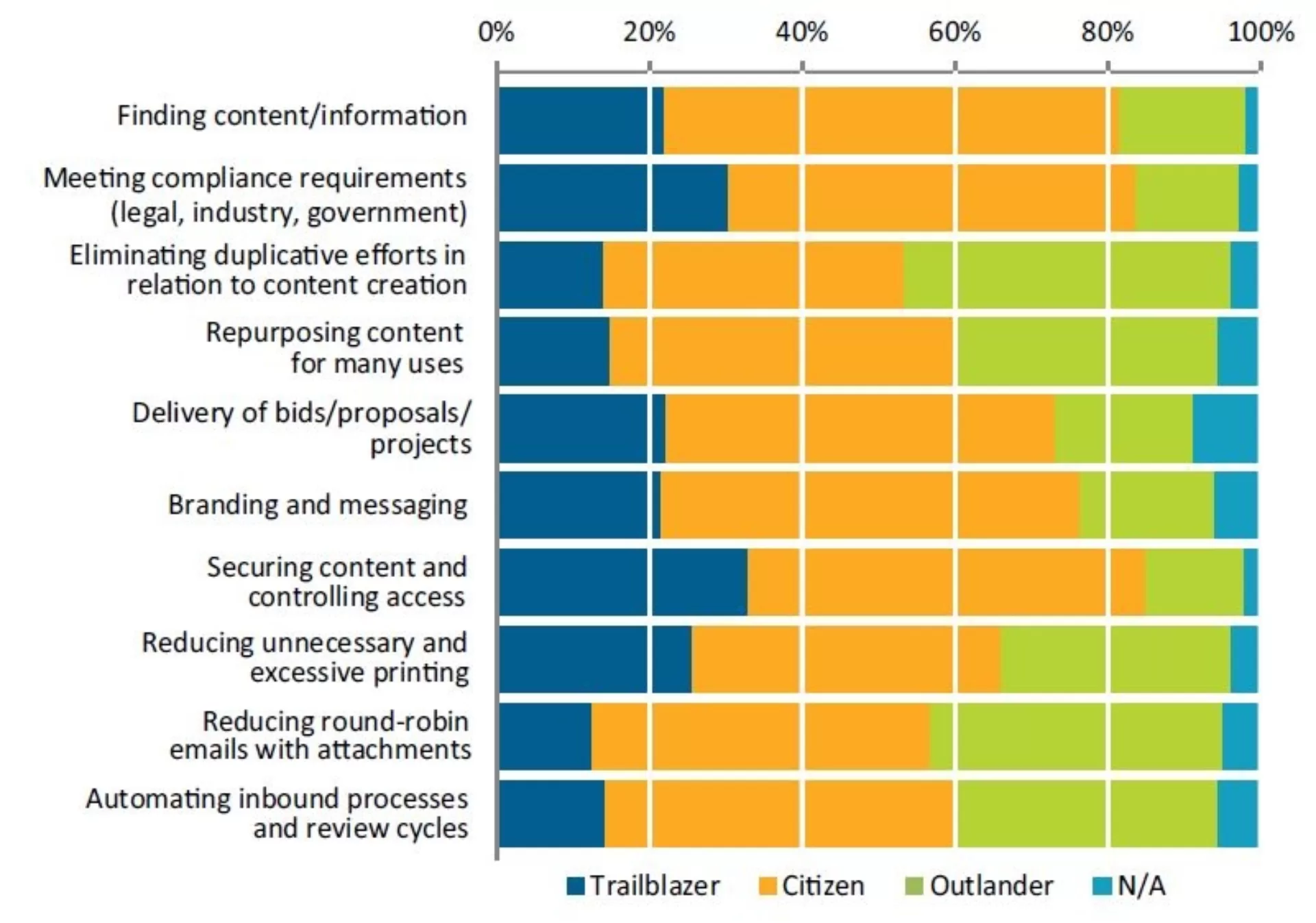Top Five Information Governance Obstacles You Must Tackle Now
When many business executives hear the term “information governance” (IG), they assume that their enterprise has the policies, procedures, best practices and staff in place to help continuously minimize business risk. Often, however, this is not the case. One way to begin correcting this situation is with a clear understanding of IG.
Here’s one definition: IG is an accountability framework that enables organizations to create, store, use and dispose of information in accordance with regulatory, legal, risk mitigation and business workflow requirements. As an Information Professional and business leader, there are five key areas of focus that can help you to teach employees of the importance of IG and align the organization to support your IG initiatives, policies, and practices.
These are:
- Keeping up-to-date on the latest regulations and compliance requirements
- Knowing the potential of the cloud for your data repository
- Managing data remediation
- Promoting threat awareness
- Advancing the importance of metadata and managing retention
We will look at research findings for each of these areas and present some ways that your business can address them and make changes to move forward with your information governance program. For example, AIIM research reveals that forty-three percent of respondents see themselves as Outlanders -- having below average capabilities or typically waiting until the last minute to eliminate content duplication, indicating that there is a lot of redundancy in their organizations. (See the figure below.)
How would you describe your organization’s experience in relation to the following business issues?

As the business leader or information professional in your company, it is your responsibility to ensure that corporate information governance policies, procedures, tools, and training are in kept up to date in support of meeting compliance requirements and minimizing corporate risk. You must be ready to overcome any IG related obstacle, and tackle it head-on. This means keeping up-to-date on the latest regulatory changes and understanding the requirements and impact they have on your company. It means adjusting your policies, procedures and employee training to ensure they support compliance and aligning technology use to support those policies, procedures and employees.
